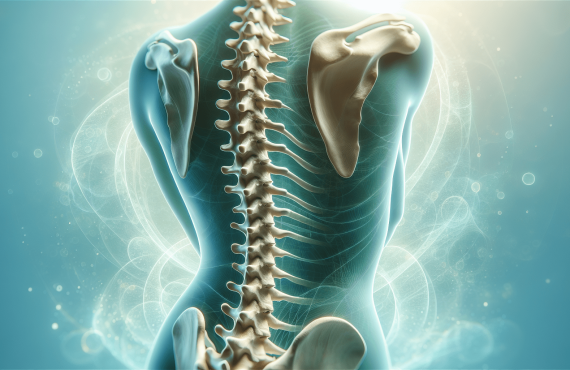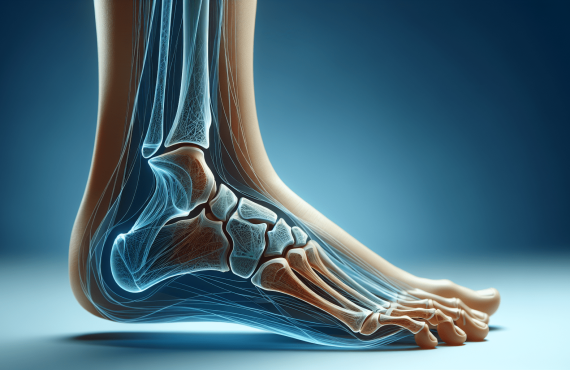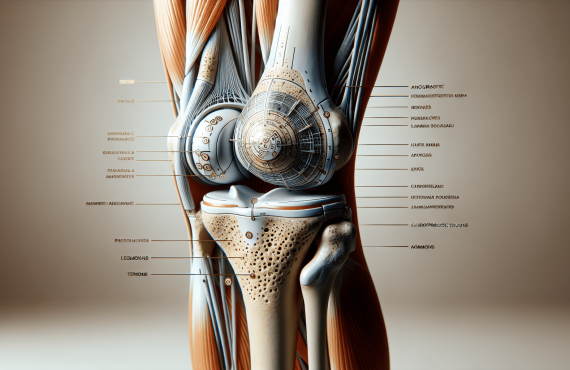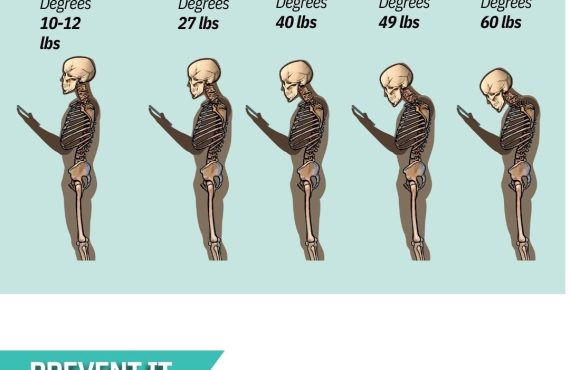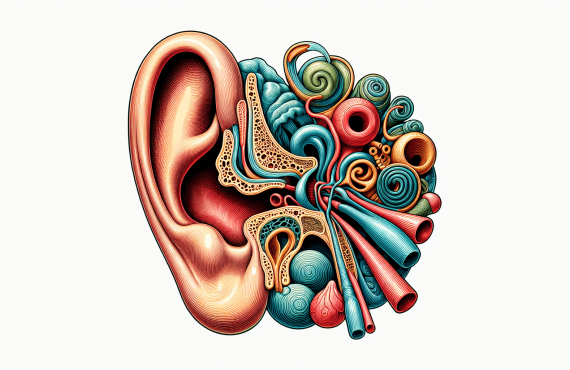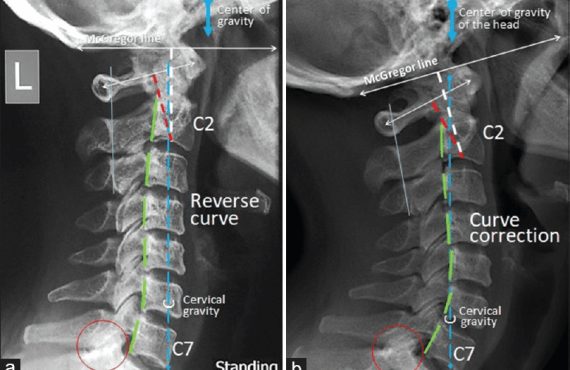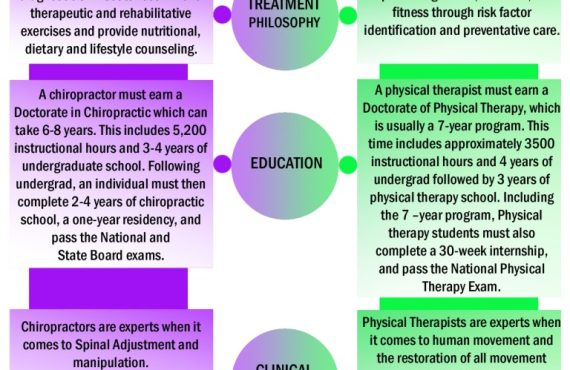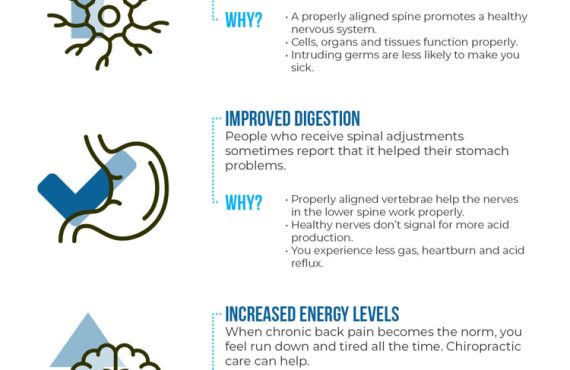Are you considering your first chiropractic visit? Wondering what to expect and how it can improve your overall health and well-being? Look no further, because at Henry Chiropractic, owned and operated by Dr. Craig Henry, you can rest assured that you’ll receive top-notch care in Pensacola, FL. Dr. Henry, along with Dr. Aaron Hixon, is dedicated to using chiropractic techniques and expertise to help patients with various issues, such as back pain and neck pain. So, whether you’re seeking relief from discomfort or simply want to wake up feeling better each morning, your first chiropractic visit is an opportunity to embark on a journey towards a healthier and happier life.
Table of Contents
Benefits of Chiropractic Care
Chiropractic care offers numerous benefits that can improve your overall health and well-being. One of the primary benefits is the improvement of spinal health. Chiropractors are experts in the musculoskeletal system, with a focus on the spine. Through spinal adjustments and other specialized techniques, they can realign your spine and alleviate any misalignments or subluxations that may be causing discomfort or pain.
In addition to improving spinal health, chiropractic care is also effective in relieving pain and discomfort. Whether you’re suffering from chronic back pain, neck pain, headaches, or any other musculoskeletal issue, chiropractic adjustments can provide relief by targeting the source of the problem and promoting natural healing within the body.
Furthermore, chiropractic care goes beyond simply addressing pain and discomfort. It also aims to enhance your overall wellness. By improving the function of your nervous system, chiropractic adjustments can boost your immune system, improve sleep quality, increase energy levels, and promote better bodily functions. This holistic approach to wellness ensures that your body is functioning optimally and is better equipped to prevent future health issues.
Choosing a Chiropractor
When it comes to choosing a chiropractor, it’s important to do your research and find a reputable practitioner who meets your specific needs. Start by researching local chiropractors in your area. Look for their qualifications, experience, and areas of expertise. Pay attention to any patient reviews or testimonials to get an idea of the quality of care they provide.
Additionally, consider asking for recommendations from friends, family, or healthcare professionals. Personal referrals can often provide valuable insights into a chiropractor’s approach and effectiveness. It’s also a good idea to check if the chiropractor is a member of any professional organizations or associations, as this can indicate their commitment to ongoing education and high standards of practice.
Once you have narrowed down your options, schedule a meeting with the chiropractor. This initial consultation will give you the opportunity to ask questions, discuss your specific concerns, and get a sense of their communication style and bedside manner. Building a good rapport with your chiropractor is essential for a successful working relationship.

Preparing for the Visit
Before your first chiropractic visit, it’s helpful to gather necessary information that will contribute to an accurate assessment of your condition. This may include any relevant medical records, previous imaging results, or a list of medications you are currently taking. Having this information readily available will ensure that your chiropractor has the complete picture of your health history.
In addition, it is advisable to avoid certain medications prior to your visit. Some medications, such as painkillers or muscle relaxants, can mask the symptoms and make it difficult for the chiropractor to accurately assess your condition. If possible, try to refrain from taking these medications for a few days before your appointment. However, always consult with your primary care physician before stopping any prescribed medications.
Lastly, it is recommended to wear comfortable clothing to your chiropractic visit. Loose-fitting attire allows for easier movement during the physical examination and any subsequent treatment. Avoiding tight or restrictive clothing will ensure that you feel comfortable throughout the process.
Initial Assessment and Evaluation
During your first visit to the chiropractor, you can expect to undergo an initial assessment and evaluation. This typically begins with a health history questionnaire, where you will be asked questions about your current symptoms, medical history, lifestyle, and any previous treatments you have received. Providing accurate and detailed information is essential for the chiropractor to understand your specific needs and develop an appropriate treatment plan.
Following the health history questionnaire, there will be a discussion of your symptoms and concerns. This is an opportunity for you to express any areas of pain or discomfort, as well as provide additional information about the duration and intensity of your symptoms. Open communication about your condition will assist the chiropractor in conducting a thorough evaluation.
After the discussion, a physical examination will be performed. This may involve various tests and assessments to evaluate your range of motion, muscle strength, posture, and any areas of tenderness or misalignment. The chiropractor will use their knowledge and expertise to identify any areas of concern and determine the best course of action for your specific condition.

Diagnostic Tools and Techniques
In some cases, the chiropractor may recommend additional diagnostic tools or techniques to further evaluate your condition. These may include X-rays, MRI or CT scans, or other specialized tests. Diagnostic imaging can provide valuable information about the structure and integrity of your spine, allowing the chiropractor to tailor the treatment plan to your individual needs.
X-rays are commonly used to assess the alignment of the spine and identify any abnormalities or conditions that may require further attention. MRI or CT scans, on the other hand, provide detailed images of soft tissues, nerves, and discs, allowing for a more comprehensive evaluation of your condition. These diagnostic tools, when used selectively and judiciously, can greatly assist in the accurate diagnosis and treatment of musculoskeletal issues.
It’s important to note that not all patients require diagnostic imaging, and the decision to utilize these tools will be made based on your specific case and individual needs. Your chiropractor will discuss the necessity and benefits of any recommended diagnostic tests with you before proceeding.
Understanding the Treatment Plan
After the initial assessment and evaluation, your chiropractor will explain their findings and discuss the recommended treatment options. This is an important part of the process, as it allows you to understand your condition better and actively participate in your own care.
During this discussion, your chiropractor will explain how the misalignments or subluxations in your spine are affecting your symptoms and overall health. They will outline the proposed treatment plan, including the frequency and duration of the sessions. This information will help you establish realistic goals and expectations for your chiropractic care.
It’s essential to ask any questions or express any concerns you may have during this phase. Your chiropractor will be happy to address any uncertainties and provide additional clarification. Understanding the treatment plan will empower you to make informed decisions about your healthcare and collaborate effectively with your chiropractor.
Common Chiropractic Techniques
Chiropractors utilize a variety of techniques to address different musculoskeletal conditions. One of the most commonly used techniques is spinal adjustments, also known as spinal manipulations. This involves applying controlled force to the spine to correct any misalignments and improve joint function. Spinal adjustments can alleviate pain, reduce inflammation, and promote overall healing within the body.
In addition to spinal adjustments, chiropractors may also incorporate soft tissue therapy into their treatment plans. This involves techniques such as myofascial release, trigger point therapy, and massage to target tight muscles, trigger points, and adhesions. Soft tissue therapy can improve flexibility, reduce muscle tension, and enhance overall mobility.
Depending on your condition and specific needs, your chiropractor may also utilize electrotherapy. This involves the use of electrical stimulation to reduce pain, promote tissue healing, and improve muscle function. Electrotherapy can be a valuable adjunct to other chiropractic techniques and provide additional pain relief and muscle relaxation.
The choice of techniques will depend on your individual case and the chiropractor’s expertise. They will explain the techniques they plan to use and ensure your comfort and safety throughout the treatment process.
Potential Benefits and Risks
Chiropractic care offers numerous benefits for patients seeking pain relief and improved mobility. Through spinal adjustments and other techniques, chiropractors can reduce pain, increase joint flexibility, and enhance overall physical function. Many patients report improved quality of life, increased energy levels, and a greater sense of well-being after receiving chiropractic care.
One of the significant advantages of chiropractic treatment is its minimal side effects and risks. Unlike some medical interventions or medications, chiropractic adjustments are non-invasive and drug-free. This means that the majority of patients experience minimal discomfort or adverse effects from their treatments. However, it is important to communicate any concerns or changes in symptoms to your chiropractor, as they will be able to address any issues promptly.
It’s important to note that individual responses to chiropractic care may vary. While many patients experience significant improvements in their symptoms and overall well-being, others may require additional interventions or a longer duration of treatment. Your chiropractor will monitor your progress closely and make any necessary adjustments to your treatment plan to ensure you are achieving the best possible outcomes.
Duration and Frequency of Treatment
The duration and frequency of chiropractic treatment will vary depending on your specific condition and individual needs. Some patients may require intensive care initially, particularly if their condition is acute or severe. This phase of care may involve more frequent visits to address the immediate concerns and alleviate pain or discomfort.
Following the initial intensive phase, your chiropractor will work with you to establish a long-term maintenance care plan. This phase focuses on maintaining the improvements achieved during the initial treatment and preventing the recurrence of symptoms. Maintenance care typically involves less frequent visits, allowing you to enjoy the benefits of chiropractic care while engaging in regular activities and routines.
It’s important to communicate with your chiropractor throughout your treatment journey. If you have any concerns or changes in your symptoms, they will be able to tailor the duration and frequency of your treatment accordingly. Regular progress assessments and discussions with your chiropractor will ensure that you are receiving the most effective and appropriate care for your condition.
What to Expect After the Visit
After your visit to the chiropractor, it is normal to experience some soreness or fatigue, particularly if it was your first adjustment or a more intensive session. This is a natural response as your body adjusts to the realignment and the release of tension in your muscles and joints. However, any discomfort should be temporary and subside within a couple of days.
To manage any post-treatment soreness, it’s important to stay hydrated and get plenty of rest. Drinking an adequate amount of water will help flush out any toxins that may have been released during the adjustment, while rest will allow your body to recover and heal properly. Applying ice or heat to the affected areas can also provide additional relief and promote relaxation.
Following your initial visit, it is likely that your chiropractor will suggest follow-up appointments to track your progress and assess the effectiveness of the treatment plan. These appointments are essential for monitoring your healing process and making any necessary adjustments to your care. It’s important to attend these appointments as scheduled to ensure optimal results and continued improvement.
Henry Chiropractic- A Trusted Choice
If you’re looking for a chiropractor in Pensacola, Florida, Henry Chiropractic is a trusted choice. Owned and operated by Dr. Craig Henry, a licensed chiropractor with a passion for improving health and wellness, Henry Chiropractic provides personalized and comprehensive care to patients in the surrounding communities.
Dr. Craig Henry and his team, including Dr. Aaron Hixon, who is also a licensed chiropractor, offer a wide range of chiropractic techniques and therapies to address various musculoskeletal issues. Whether you’re seeking pain relief, improved mobility, or enhanced overall wellness, Henry Chiropractic is dedicated to helping you achieve your health goals.
With their expertise, state-of-the-art diagnostic tools, and patient-centered approach, the chiropractors at Henry Chiropractic can provide effective and safe treatments tailored to your individual needs. By addressing the root cause of your symptoms and promoting natural healing, they aim to improve your quality of life and empower you to live a healthier, more pain-free life.
In conclusion, chiropractic care offers numerous benefits for individuals seeking natural and holistic solutions for pain relief, improved mobility, and overall wellness. By choosing a reputable chiropractor, preparing for your visit, and actively participating in your care, you can expect to experience the positive effects of chiropractic treatment. With regular appointments, open communication, and compliance with your treatment plan, you can look forward to a healthier and more vibrant life with chiropractic care.














